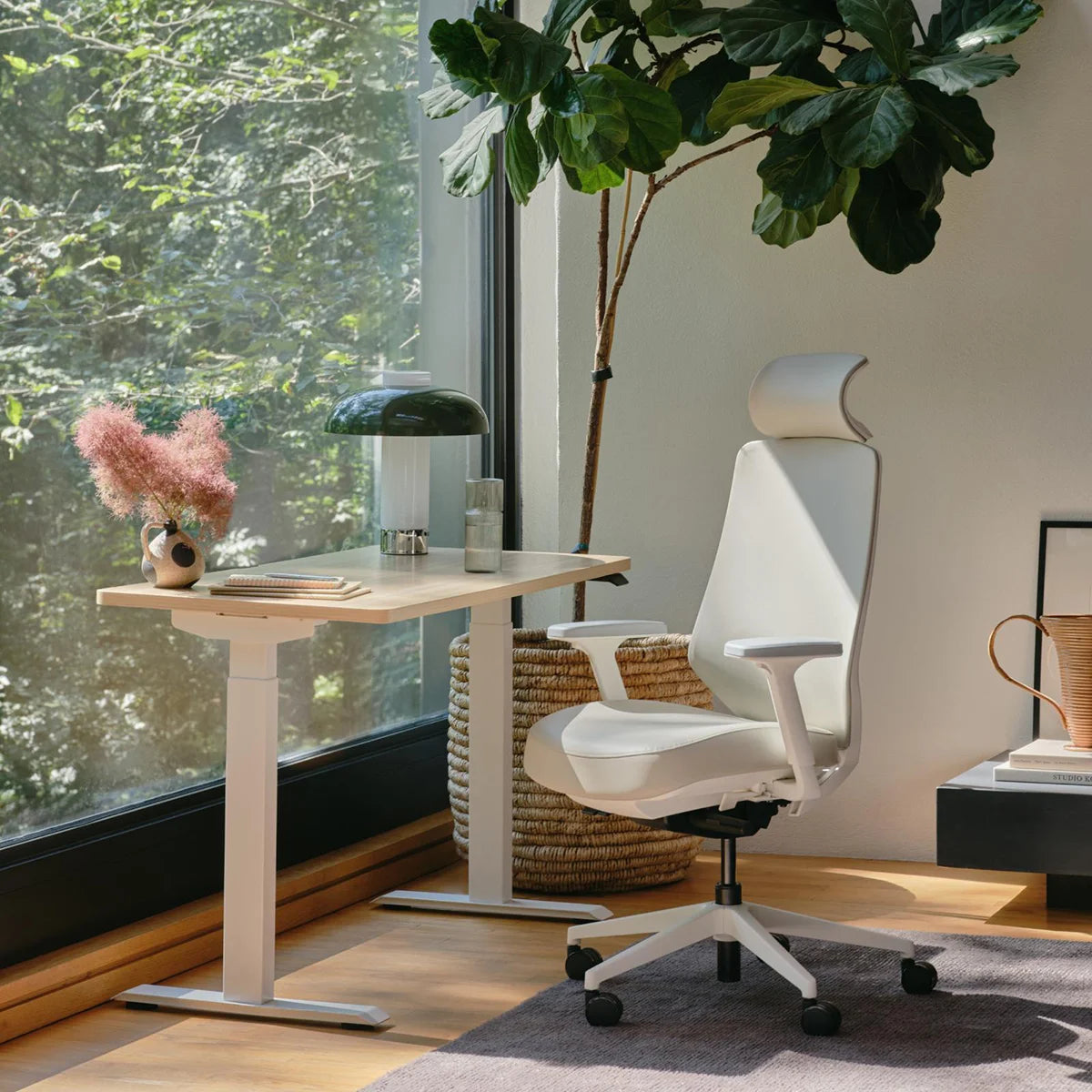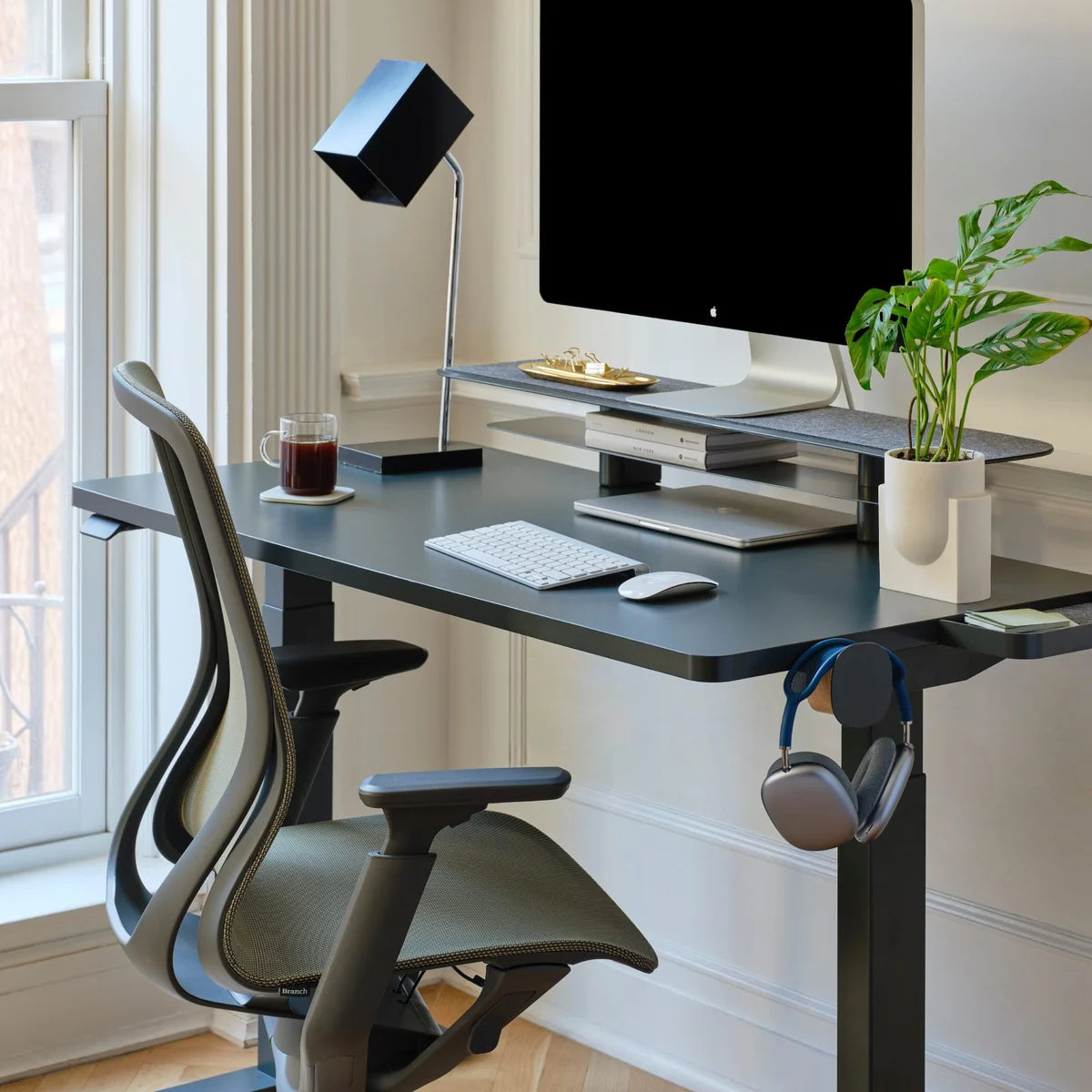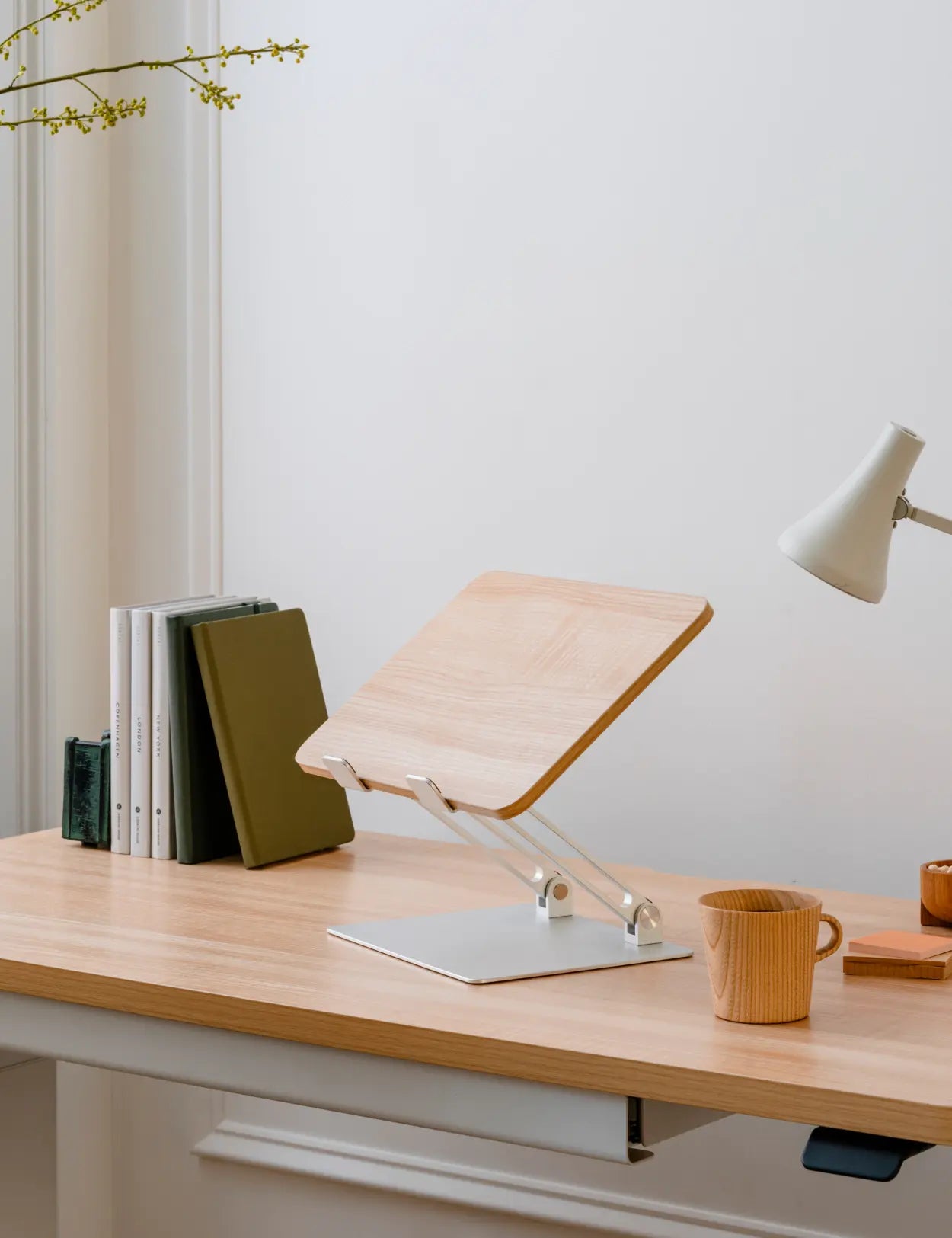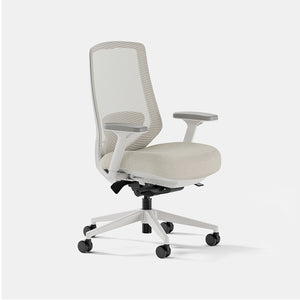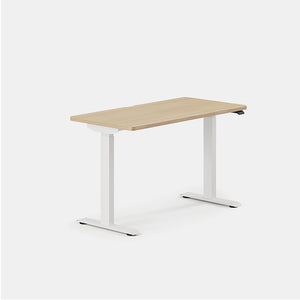To understand the debate between kneeling and sitting, it's crucial to grasp the mechanics of each posture. Sitting, of course, involves resting your body weight on your butt and thighs, with the legs bent at the knees and the feet flat on the ground. This posture provides stability and support but can lead to issues such as poor posture and decreased circulation when maintained for extended periods.
On the other hand, kneeling shifts the weight of the body forward, with the shins and knees supporting most of the load. This posture elongates the spine and engages the core muscles, promoting better alignment and potentially reducing strain on the lower back. However, kneeling may also place increased pressure on the knees and require greater muscular effort to maintain balance.
Historically, kneeling has been associated with various cultural and religious practices, while sitting has become the predominant posture in modern society. As we dive deeper into the debate between kneeling and sitting, we'll explore the potential implications for our health, productivity, and overall well-being.





